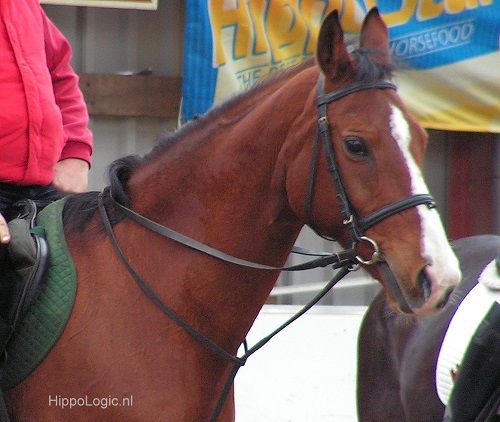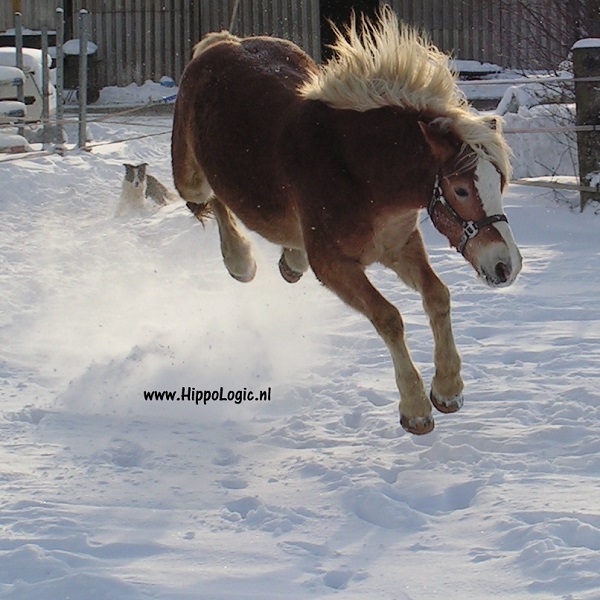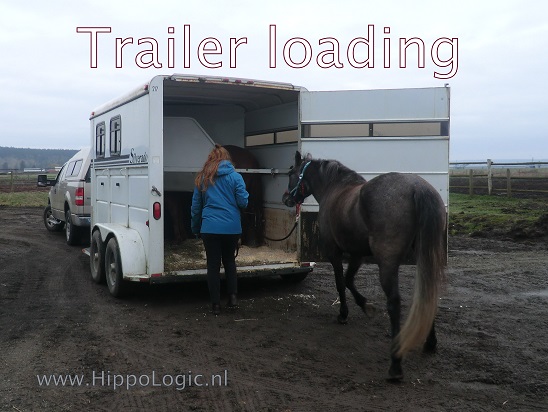Often when there is a problem in the horse-human relationship people are looking for answers that help them. They want a solution, for their problem.
In most cases it is the horse that has a problem, with the way he is housed, fed, handled, tacked or trained. It’s the horse trying to tell you he has a problem. I see most people are looking for human centered solutions which often focuses on symptom management, not a cure. I like to solve problems with the horse in mind, because that leads to reliable and long term solutions. I don’t cut corners and hand out bandages, my aim is to cure the problem. Let’s find out how.
Human Centered Solutions
In Human Centered Solutions the human gets what she wants:
- If the horse is putting his head in the air the solution is often a martingale.

Unfortunately I can make this list very, very long. I think we can all think of at least 20 examples, right?
Short cuts
Human Centered Solutions are shortcuts that make the struggle longer. They may seem to give a solution because they deal with the symptom(s), but they don’t change or solve the root of the problem. In the long run they might even worsen the problem for the horse.
I like to look at the cause of a ‘problem’ and resolve that. My philosophy is for every problem is a solution. It takes a bit more, and sometimes a lot more to choose this way. In the end it is better and it saves time, pain, frustration for both horse and handler.
HippoLogic’s Horse Centered Solutions
HippoLogic works only with Horse Centered Solutions. Solutions that work on the root of the problem, not the symptom.
Head tossing
In cases where the horse throws his head in the air, let’s find out why:
Is he in pain?
- Does the rider have harsh hands? Teach the rider how to balance and take the reins away until he has an independent seat.
- Does the rider bump in the saddle or is unbalanced? See above
- Are the horses teeth causing pain (hooks on his molars)? Let a vet or equine dentist take a look at his teeth.
- Does the saddle fit? Call an independent saddle fitter (not a sales person).
- Is the horse physically OK? Ask the vet to check him out.
Is he anxious?
- Does the horse try to flee? Give your horse confidence with training.

Is it learned behaviour?
- Does the horse get reinforced by throwing his head up in the air? Change the training and reinforce him more for the opposite behaviour.
Lazy horse
If a horse is labeled ‘lazy’ I want to find out why. What does he do to get labeled as ‘lazy’? Does he not walk, trot, canter fast enough or doesn’t he react (fast enough) to the riders cues?
Does the horse know?
- Does the horse know what is expected from him? That he is supposed to go faster or react faster? Does your horse know what the leg aid means? Teach the behaviour first, then put a cue on it. Reinforce the desired behaviour with something the horse wants!
Why is the horse not motivated to go faster or react quicker?
- Is the horse tired? Does he gets his REM sleep (the only get REM sleep when they lay down to sleep) or is he sleep deprived? Take a look at his housing and check if he is laying down at least once every 24 hours.
- Is the horse tired because he spent his energy on something else? Is he nervous, does he have to guard the herd, is it a stallion and is it breeding season?
- Is the horse in good shape? Does he have the stamina that is asked? Is he overweight? Is he physically able to move better or faster? Let the vet check him out and ask a equine nutritionist (not a sales person!) for advice.
- Is the horse not motivated enough? I like to use positive reinforcement to motivate a horse and a marker to mark the desired behaviour (increased speed or faster reactions to the handler cues). That is a bit of a puzzle, but once you figured it out you have solved the problem for the rest of the horses live (if he lives another 25 years that is worth your time investment)!

If a horse kicks, bites, lashes out, rears or displays aggressive behaviour, take a look at what might cause it, before trying to fight fire with fire.
Find professional help and ask lots of questions to find out the professional is horse centered (Why is the horse doing this? In what situation does this happen? What triggers the behaviour? What has been done?) or looking for human centered solutions (making the horse ‘shut up’, teaching him ‘a lesson’, teach him ‘how to behave’)
I can go on and on. This is only the tip of the iceberg of possibilities you can try.
Trailer loading, wood chewing and dangerous horses

In these cases too, I focus on the cause of the problem: is there fear, pain, misunderstanding, physical needs or welfare issues that are at play?
It takes time, effort and knowledge to understand what the problem really is. Sometimes it takes even more time, effort and trial and error to figure out a sustainable solution. But if you do, it is worth it, because you know it is a horse centered solution! Therefor you encountered the real problem and you are now understanding your horse. Who doesn’t want that? What is a better base for a relationship?
If you think this is a blog that someone can benefit from, please use one of the share buttons below. Or post your comment, I read them all!
Or just hit the like button if you appreciated this blog. Thank you!
When you want to have support with clicker training join the HippoLogic Clicker Training Academy, click here.




You must be logged in to post a comment.